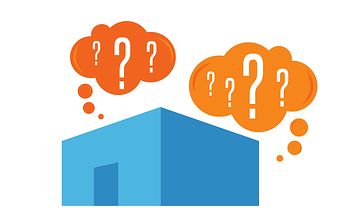How to Create CTAs for Every Stage of the Buyer's Journey
You know how vital the right call-to-action is in every single blog you publish, but perhaps you’re a little bewildered by the thought of actually writing a CTA.
Here are a few tips on CTA writing and examples for every part of the buyer’s journey.
What Is the Buyer's Journey?
The buyer's journey, as coined by HubSpot, is the process potential customers go through to consider a problem, evaluate potential solutions, and decide which brand to go with. There are three steps involved:
-
- Awareness Stage: This is the point where customers realize that they have a problem. They might not completely understand what that problem is, but they are aware of the fact that something has to give. Customers in this stage need to be nurtured longer before they're ready to buy your product or service.
- Consideration Stage: Once the customer clearly what their problem is, they move into the Consideration Stage. Here, they start to consider potential solutions to their problem. There's usually more than one way to fix an issue, and some are more costly than others. Customers in the Consideration Stage need time to think through their options so they can confidently choose the best solution for their situation.
- Decision Stage: Finally, when the customer has decided that the type of product or solution you provide is the best choice for their problem, they move into the Decision Stage. In this stage, they'll decide what specific brand they want to choose to resolve their problem. These customers need the least amount of nurturing before they're ready to make a purchase.
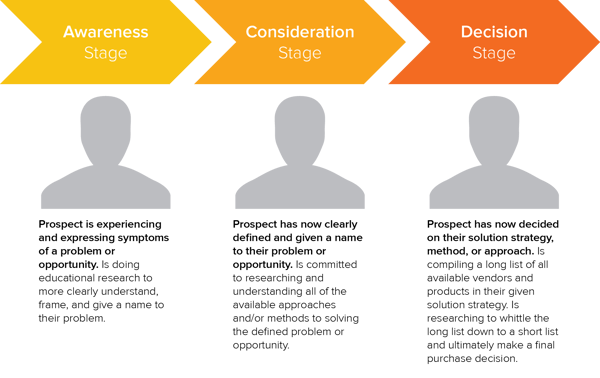
So what's the benefit to making CTAs for each of these stages? Well, the biggest plus is that you reach customers where they are. Whether they're researching their problem, solution options, or different brands, you have helpful content to answer their questions and provide them with peace of mind. This helps your business:
-
-
Maintain top-of-mind awareness
-
Collect emails for nurturing
-
Build a connection with potential customers
-
Establish your authority as a thought leader or expert in your field
-
Now let's look at some examples of CTAs you can use for each stage of the buyer's journey.
Awareness Stage: When You Know You Have A Problem
Admitting you have a problem is the first step to recover — er, I mean, the buyer’s journey. Before a buyer can be interested in the solutions your company offers, they need to identify that they indeed have a problem that requires a solution.
In the Awareness Stage, use CTAs that offer more information on a topic of interest. Teasing an infographic, a blog series, or a SlideShare are great options in this buyer’s journey stage.
Tip: Use action phrases like “Subscribe To,” "Follow Us," “See Examples” and “Find Inspiration.”
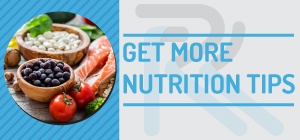
It's a good idea to create lead-generating magnets to help educate customers in the awareness stage, such as free infographics or downloadable guides. This establishes your brand as a thought leader and starts to build a deeper relationship with potential customers before they even pick up the phone!
For the Awareness Stage, content that sheds light on the problem itself is often the most helpful. Consider making surveys, checklists, or questionnaires that help customers determine whether they actually have a problem or what the true cause of their problem could be.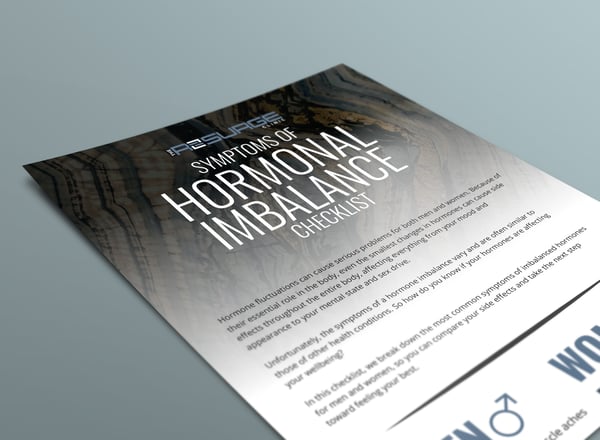
Tip: Continue to take an educational stance with the buyer while simultaneously making your brand stand out against the rest.
Consideration Stage: When You’re Evaluating Your Solutions
The buyer has identified his/her problem and is now on the hunt for answers to said problem in the Consideration Stage. At this point, introducing more meaty offers (like webinars and white papers) makes sense. Such materials give more information than Awareness Stage offers without making the buyer fully commit to your brand.
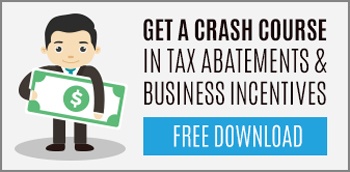
Creating content for the Consideration Stage can be tricky. For one thing, some entrepreneurs don't want to give away multiple solutions to the problems they solve. It's easy to see how that could drive customers away from choosing their solution.
However, customers will be more willing to purchase your product or service if they clearly understand the pros and cons of all of their solution options. They have more reasonable expectations about the process. They also are more likely to trust you because you haven't hidden information from them.
Some examples of lead-generating magnets you can create in this stage are solution comparison guides, infographics that provide quick facts about your specific solution, or videos that break down their options in more detail.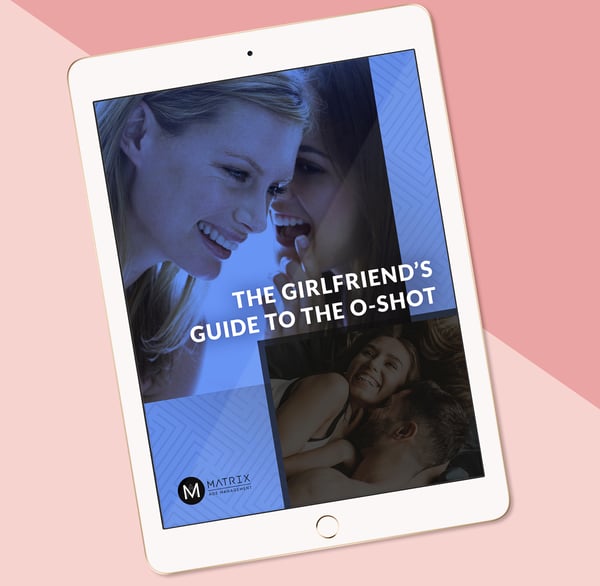
Decision: When You Make The Final Call
The Decision Stage is exactly that: the point in time when the buyer decides if your solution is right for them or not. This is when you as a blogger can become a little, for lack of a better word, pushier with your CTAs. Impart immediacy in your wording — “Now” and “Today” come to mind — to encourage that final action.
Tip: Offer free trials, coupons, demos and estimates in the Decision Stage.
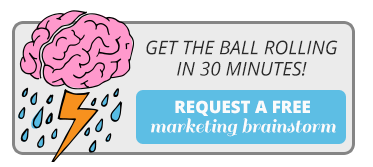
An easy type of lead-generating magnet to create is a product comparison guide. You can highlight the special features your product or service offers that big competitors can't match.
For an example, look no further than Amazon! Many Amazon products have a "Compare with similar items" section, where you can quickly compare the price, rating, shipping, and other features.
Creating content for each stage of the buyer’s journey and introducing it at the appropriate times are essential in converting readers into leads and leads into customers.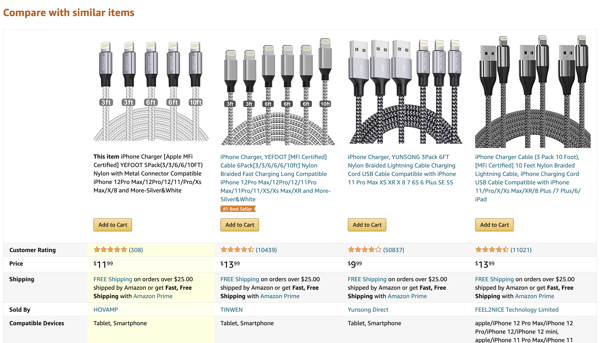
Create CTAs & Campaigns That Drive Business Growth with the ROI PitStop
-
- Create a customized marketing plan based on your specific business needs
- Walk you through executing your marketing plan step by step
- Teach you industry tricks, secrets, and best practices
Schedule a free strategy session to meet the ROI team and see for yourself if we could be a good fit!





